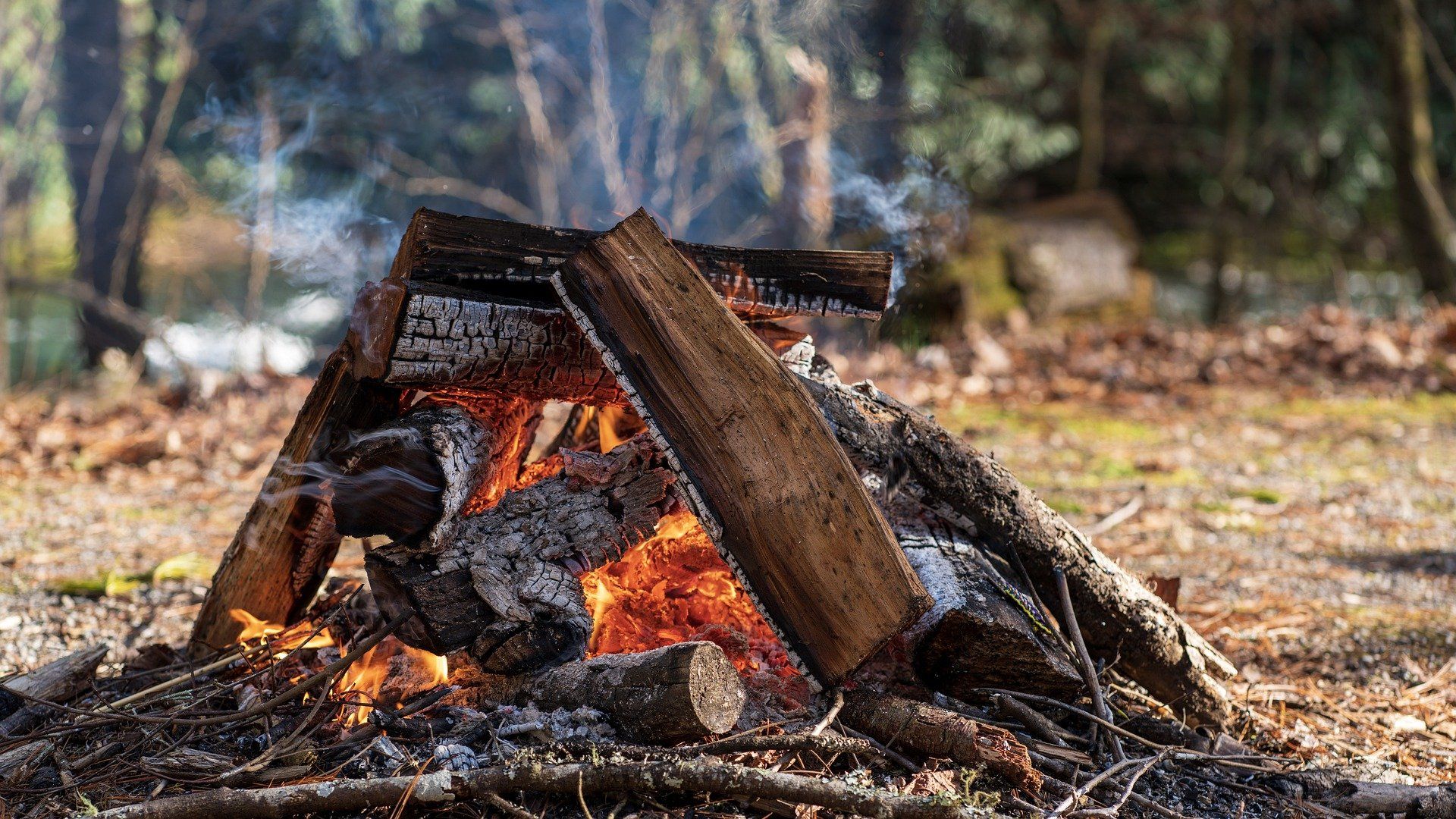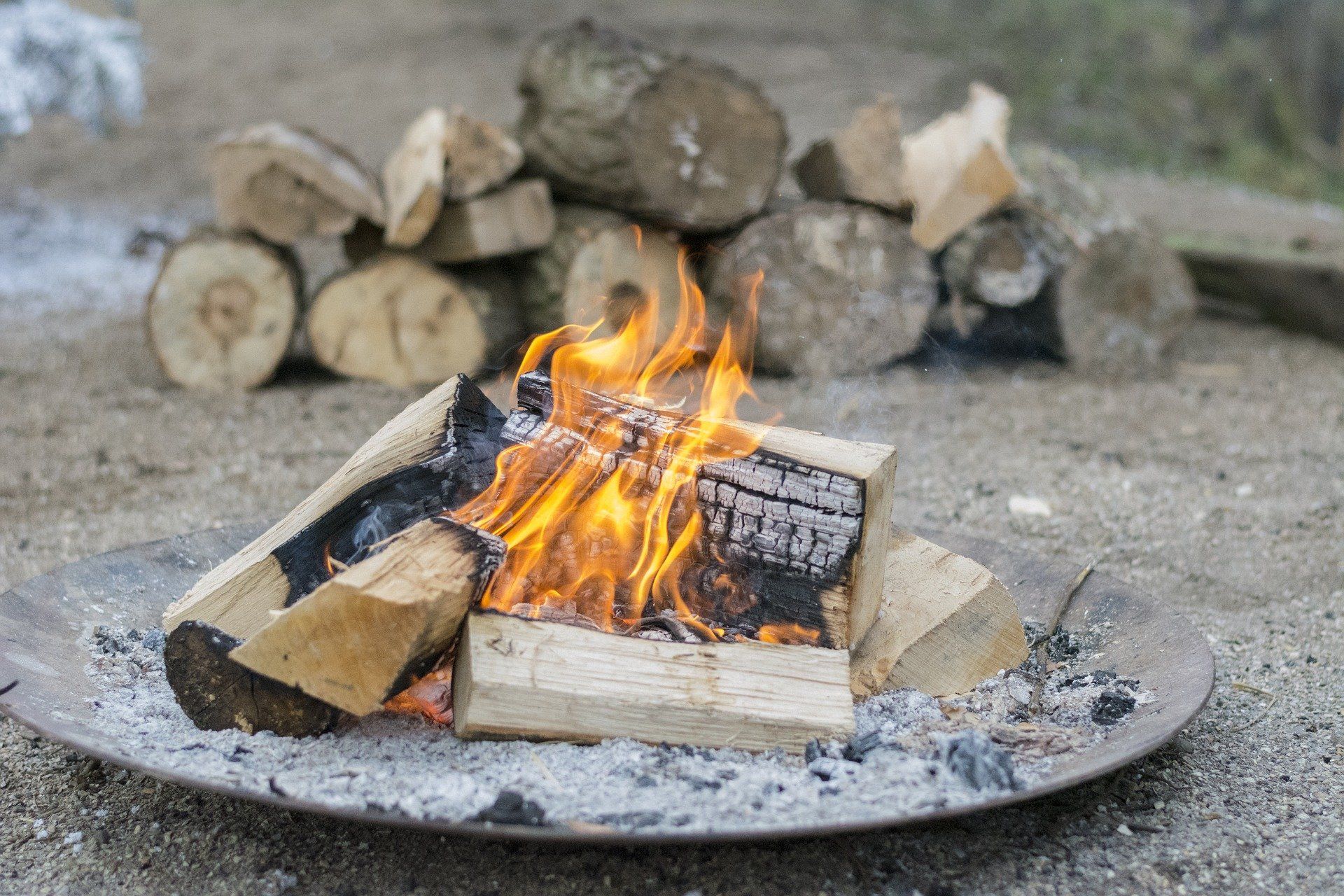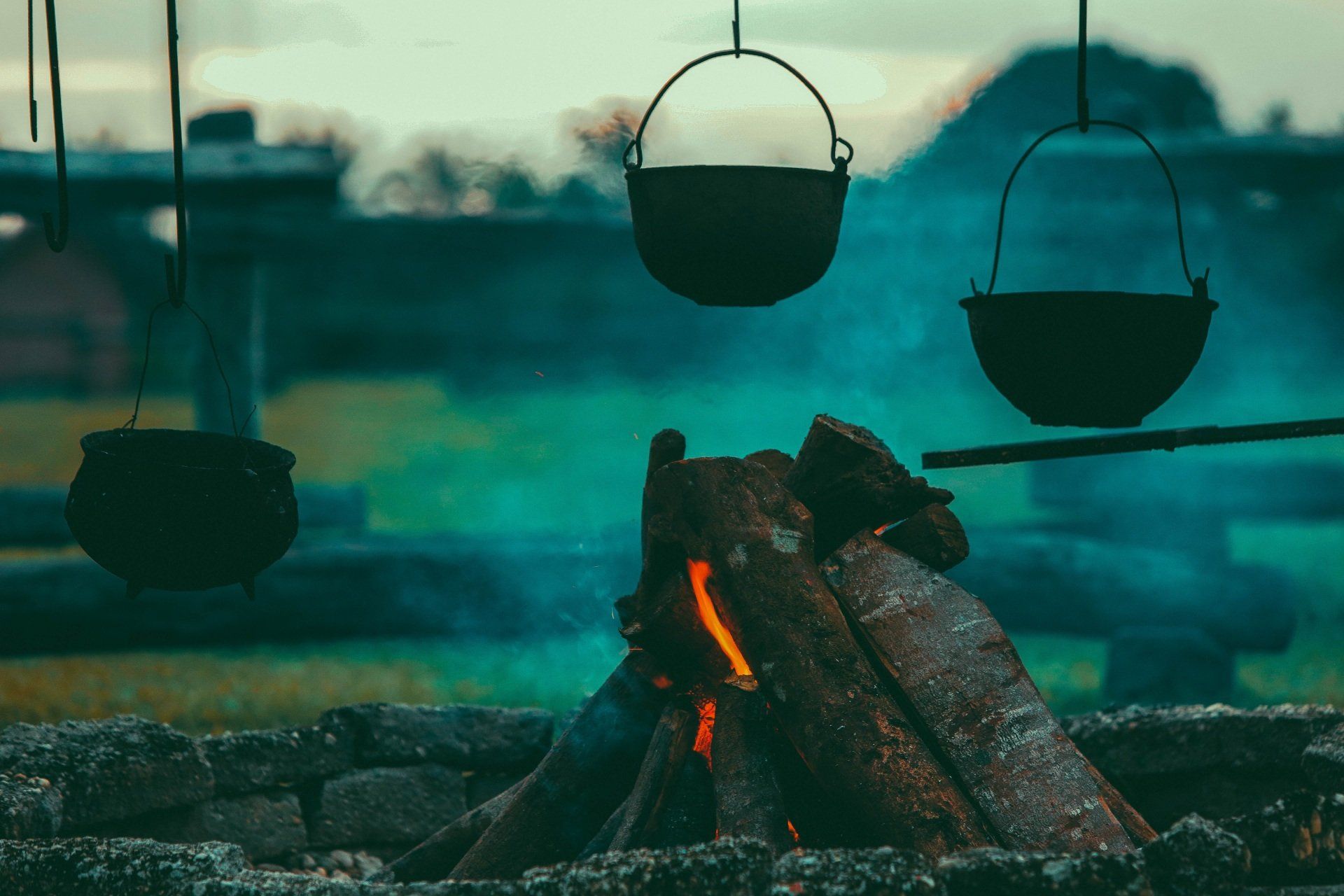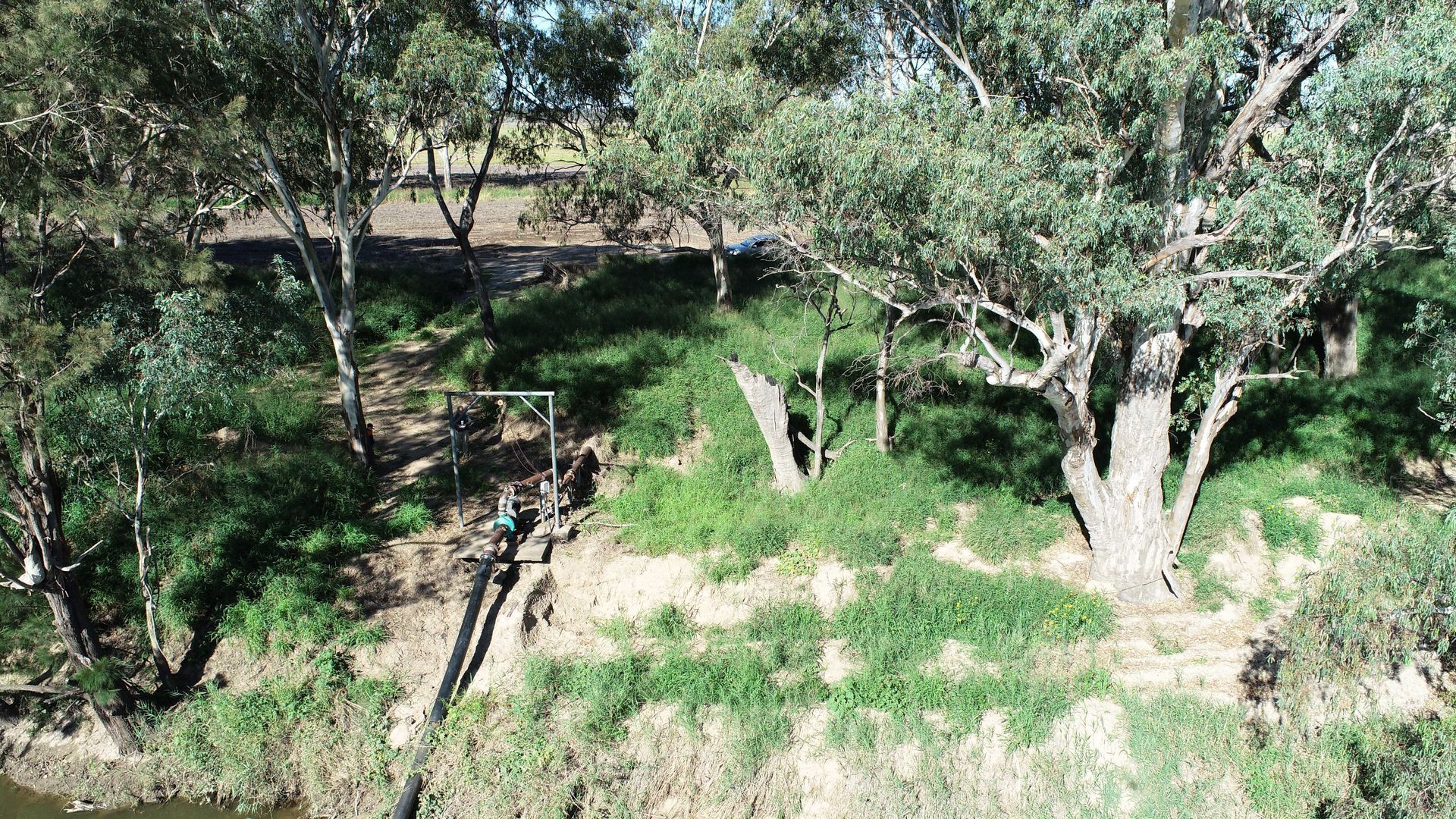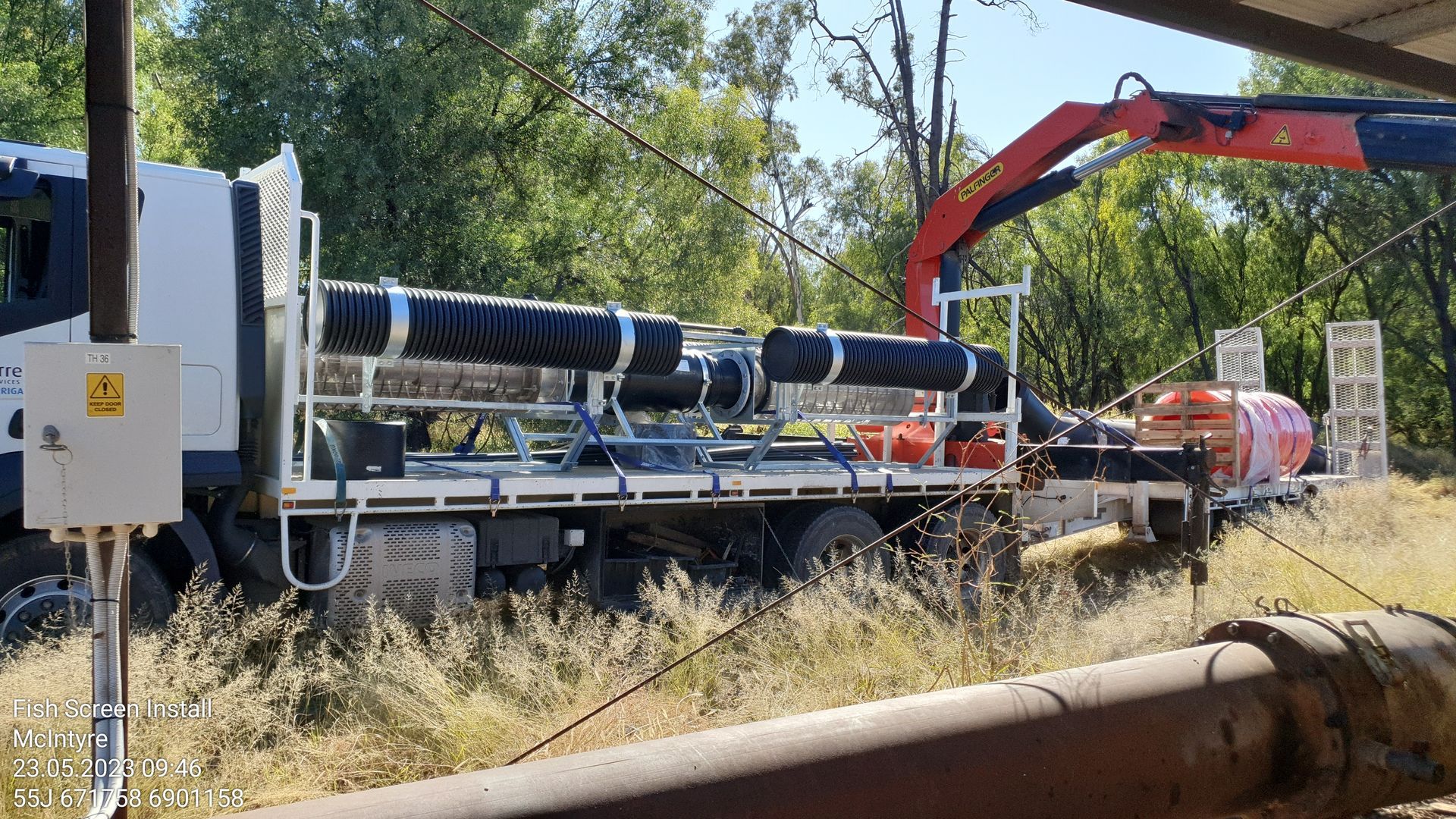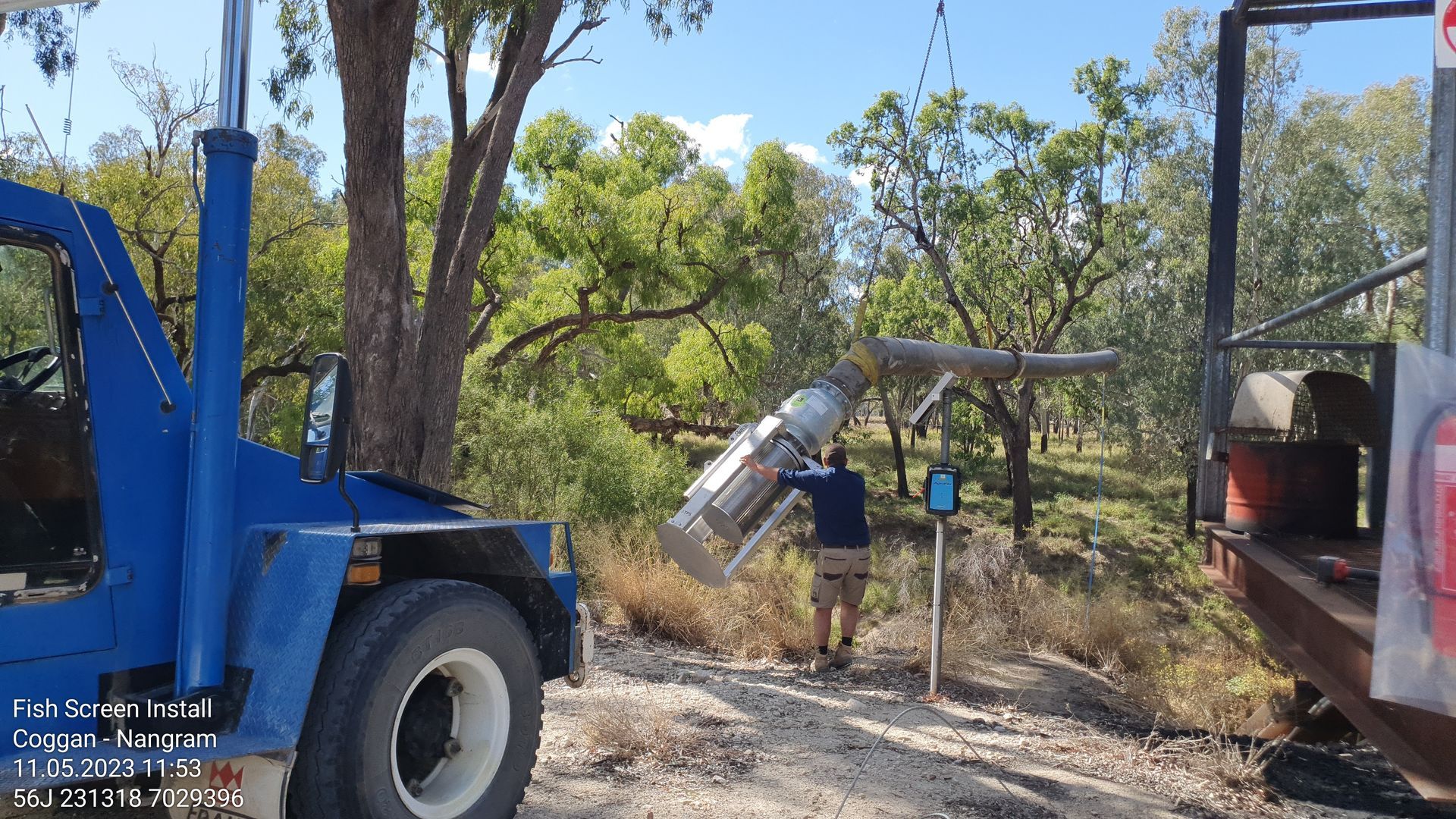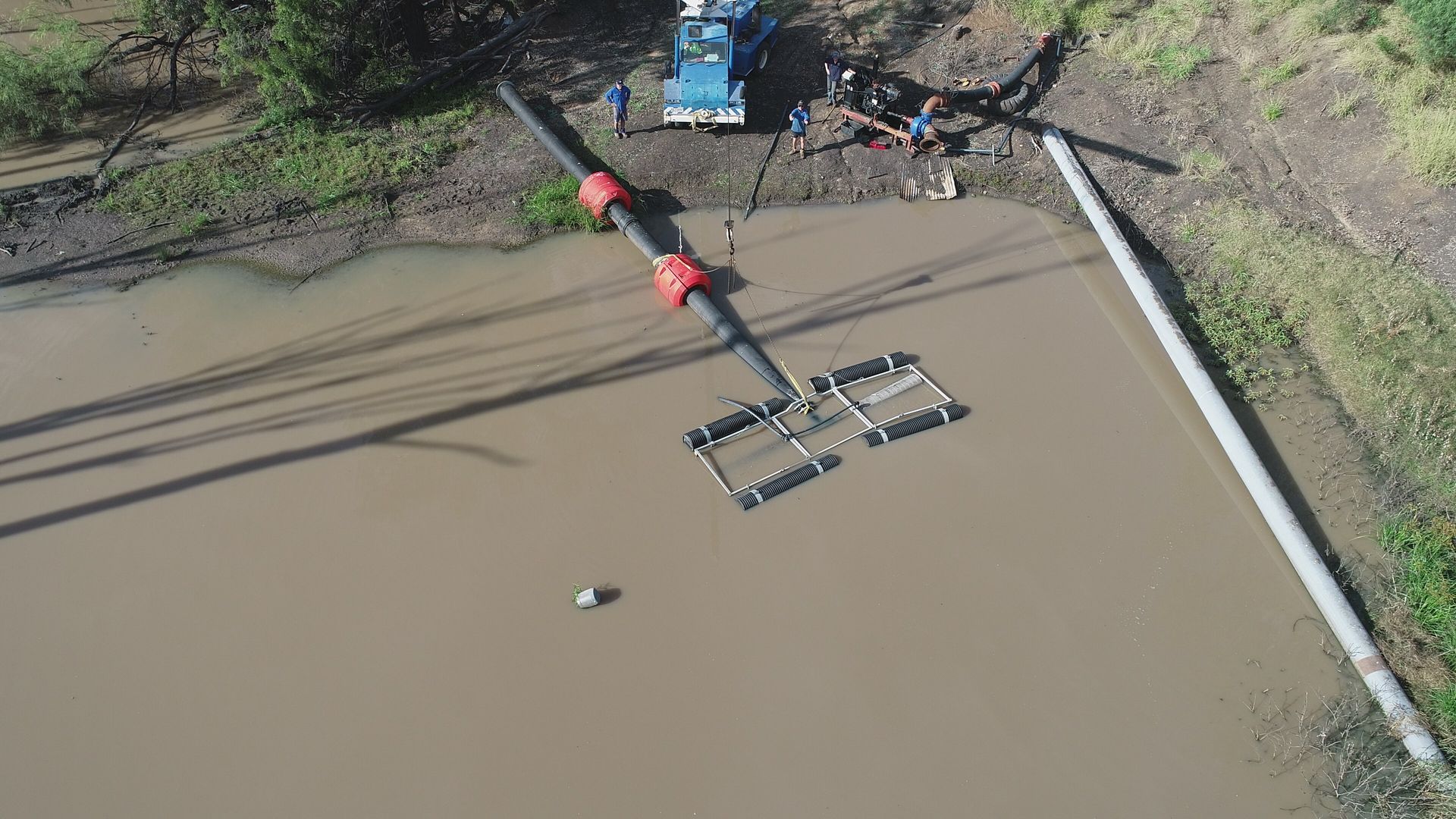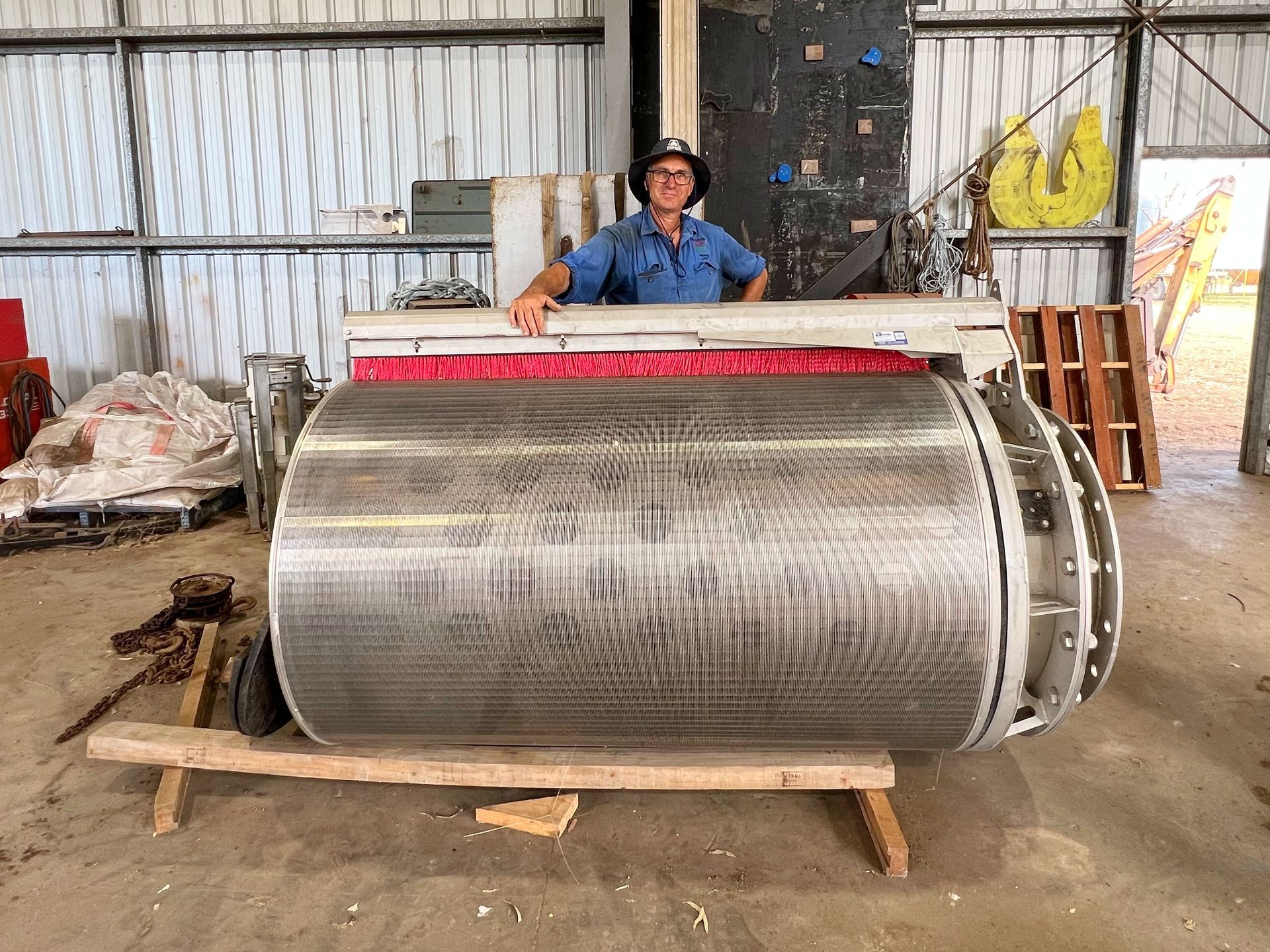Don’t be a fire bug this winter
Jon Snow had it right - Winter is coming. The air has a new chill and your woollen socks and jumpers are calling.
For many people winter also means fire. Whether it’s a glorious indoor fireplace, an outdoor fire pit or a campfire in the bush, it’s important that you make smart, and safe, decisions to protect yourself and the environment from out-of-control fires or hitch hiking wood bugs.
Sourcing your wood:
Within the Southern Queensland Landscapes region, there is an abundance of insects living and breeding. Many insects, both native and introduced, make their homes in, or exist on, trees, debris, and the undergrowth. Some of these insects can be wood-eating and/or disease carrying.
The Common Eucalypt Longicorn
(Phoracantha semipunctata) is an example of a native insect that lays its eggs, which then become larvae, under the bark of sick or dead eucalypts. These insects are known as timber borers. Insects, like borers, as well as wood-rotting diseases, have a limited range of migration and/or spread. Dangers to the ecological balance occurs when people collect and move firewood long distances. These actions can transport insects, larvae and/or eggs, or diseases to areas they shouldn’t be and didn’t exist previously.
Even if the wood you collect looks visibly clear of holes, burrows, insects, eggs, etc., it’s impossible to check every centimetre of each piece, meaning you could accidently transport insects or disease. To prevent this spread there are a few things to consider when collecting firewood;
• Check government websites
for restrictions on moving plant material.
• When camping or collecting firewood for fireplaces or fire pits, a good rule is to collect wood from 15 kms or less from the campsite or your home.
• The environmentally safest option is to purchase clean/treated firewood from a store.
Starting your fire:
Before using your fireplace for the first time each year, make sure you give it a good clean to make sure it’s free from build-up and safe to use. If you’re unsure how to, or not confident in doing so, hire a professional for additional peace of mind.
When lighting a fire, either indoors or outdoors, remember not to use accelerants that can be difficult to control. Start a fire with a small flame, then gradually add kindling until the fire is a safe and manageable size. If your fire is outside, e.g.; a fire pit or a campfire, take into account the weather. Wind can carry embers over long distances very quickly, starting new, uncontrolled fires in other locations. Australia has endured and is still recovering from recent wild fires so it's essential not to be careless or casual with your fire.
It’s also vital you regularly check the Queensland Government’s Rural Fire Service Fire Ban and Restrictions page. Lighting a fire in an area with a local or state fire ban is illegal.
Extinguishing your fire:
There are a number of ways to put out a fire. Regardless of whether your fire is contained to a fireplace, a fire pit or a campfire, a combination approach is the best and safest way.
• Let the fire burn out;
when you stop adding kindling to the fire, there will be less and less to burn and the fire will eventually die out. However, this will take time and a fire should never be left unattended.
• Smother the fire with a lid;
this option is specific to fire pits. By removing oxygen (one of the three requirements for a fire) the flames will die down. Keep in mind however that the embers and ash will still be hot and could reignite if oxygen and a fuel source is reintroduced. This would be an issue if, for example, the fire pit is knocked over on a deck or dry grass.
• Add water or sand to the fire then mix through and spread the ashes;
this is a combination of the smothering technique - which will extinguish the flames faster than letting them burn through the kindling - and an extra safety step of also smothering then spreading the ash and embers. This method is best for campfires. It ensures that if the wind disturbs the ember/soil mix there’s less chance of active embers being blown up and restarting the fire at the primary, or a secondary location. It also reduces this risk of burns /injury to a bushwalker or animal who might inadvertently step on the campfire site.
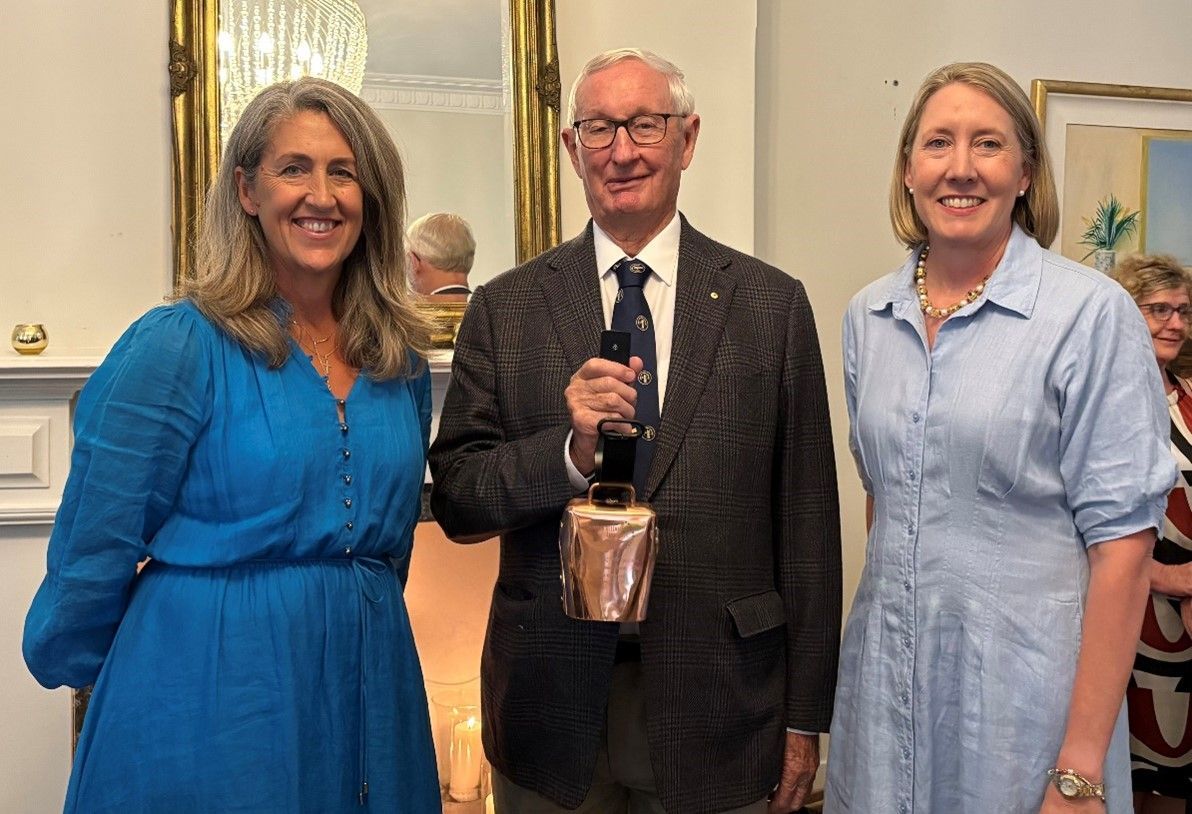
Southern Queensland Landscapes is seeking an experienced and influential Board Chair to lead a multi-skilled Board in managing natural resources across Southern Queensland. This is a 3-year remunerated role based in Toowoomba, QLD, with the flexibility to manage from anywhere in Southern QLD. The ideal candidate will bring: • Substantial experience leading diverse Boards • Strong relationship-building and leadership skills • Expertise in environmental and agricultural matters This role is an opportunity to shape the future of natural resource management, working closely with land managers, community leaders, and industry professionals. Are you ready to make an enduring impact? For more details and to apply, visit www.windsor-group.com.au/job/board-chair-natural-resources-peak-body or contact Mike Conroy at apply@windsor-group.com.au.
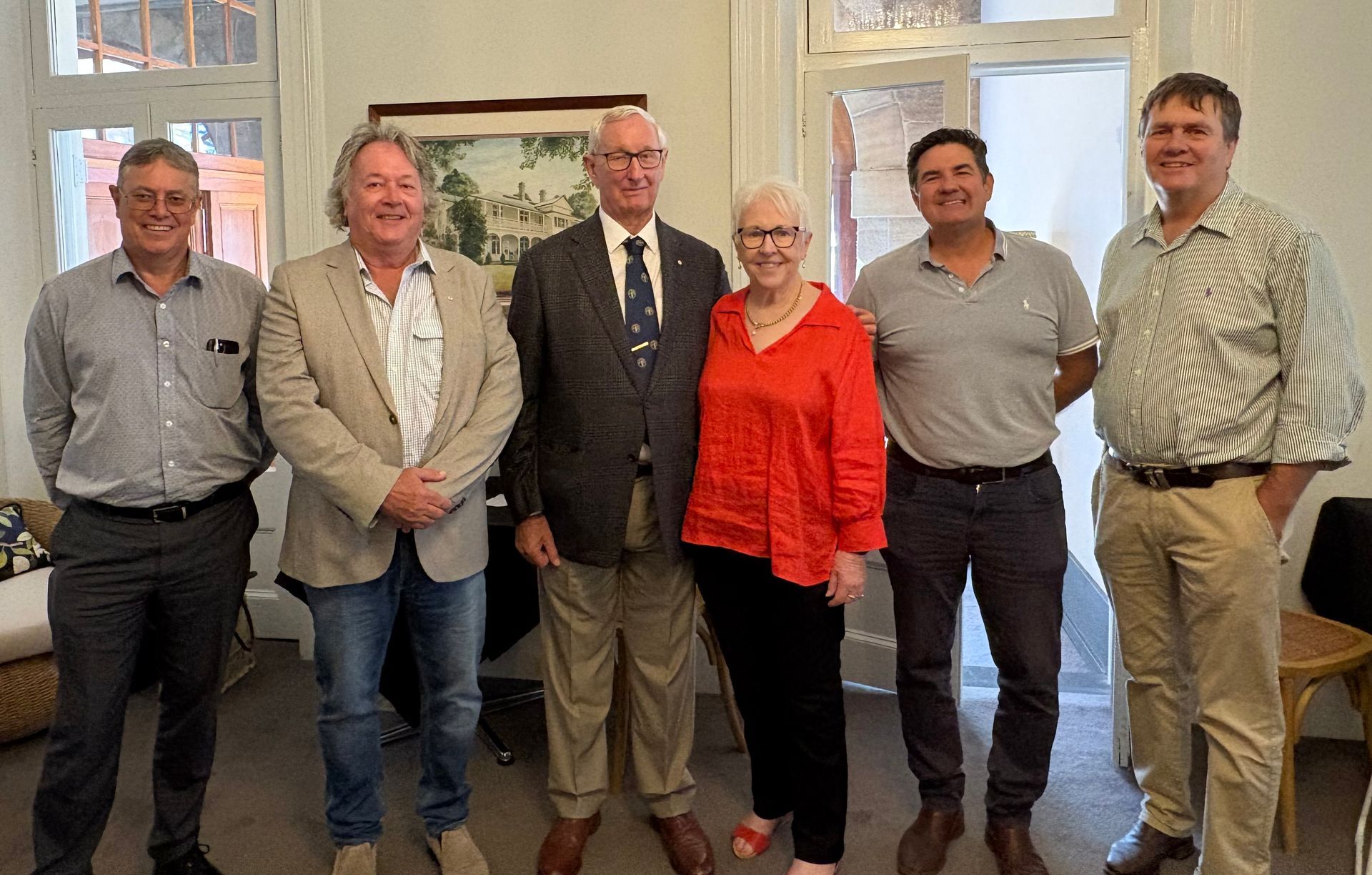
This week marked the final Board meeting for retiring Southern Queensland Landscape Chair, The Hon Bruce Scott AM. The Southern Queensland Landscapes Board hosted a function at Gip’s restaurant in Toowoomba, joined by past Directors, industry stakeholders and the Southern Queensland Landscapes Management team, where Bruce was warmly acknowledged and thanked. Bruce offered special thanks to his dear wife Joan for her support during his period of service to Southern Queensland Landscapes, in particular the warm country hospitality she has offered to many visitors to Roma. Bruce also recognised and thanked Southern Queensland Landscapes Company Secretary Pam Murphy, who has supported Bruce in his service to Southern Queensland Landscapes since the organisation’s inception.
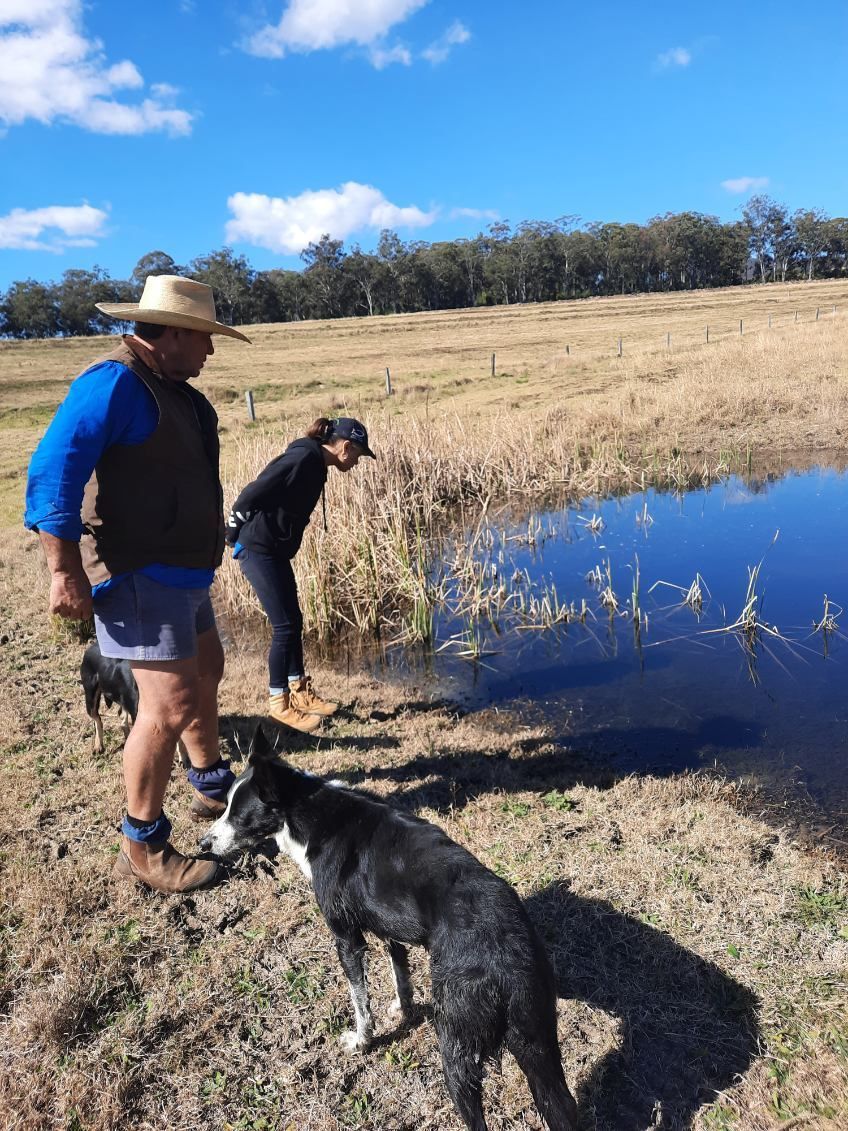
The Condamine Headwaters, a critical ecosystem in Southern Queensland, has long faced threats from sedimentation, habitat degradation, and thermal regime changes. The Blackfish Project, dedicated to reversing these impacts, unites scientists, landowners, and the community in a shared mission to restore and protect this vital environment. At its core lies the river blackfish, a sensitive indicator of the overall ecosystem health. Central to the project's success is the unwavering commitment of landowners like Paul Graham. Inspired by the project's vision, Paul reached out to SQ Landscapes seeking support for a solar pump and tank to divert his cattle away from waterways on his property. Paul's deep-rooted love for his land, captured in his humorous quip "I love my land more than I love my wife," is a testament to the powerful connection between people and place that drives conservation efforts.
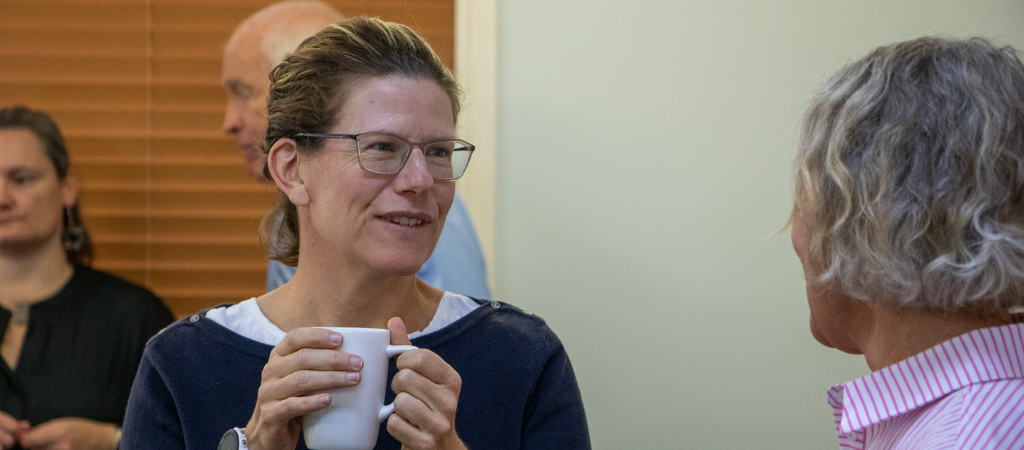
The Board of Southern Queensland Landscapes recently met in Toowoomba. In addition to the Board meeting, Board and Executive worked through updating SQ Landscapes’ strategy. Company Secretary Pam Murphy highlighted the importance of the latest Board meeting and what it means for the company’s future. “The updated strategy will help SQ Landscapes deliver sustainable natural resource management (NRM) outcomes that improve the lives of people in regional communities now and for the future,” Pam Murphy said. “We’re excited to continue delivering value for our region and build Flourishing Landscapes and Healthy Communities across Southern Queensland under the guidance of the Board,” Mrs Murphy said.


